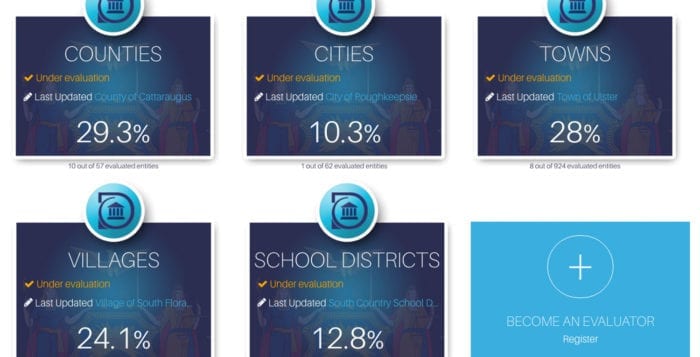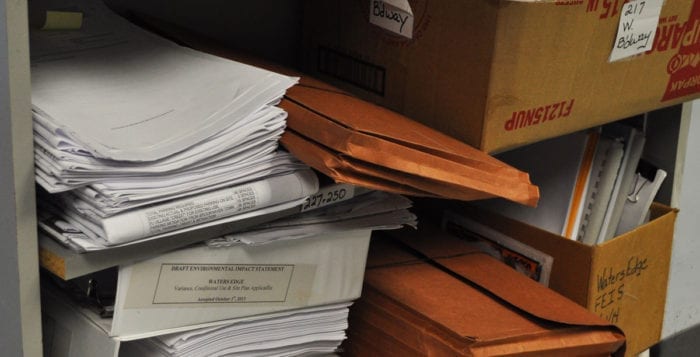Transparency and honesty play a major role in healthy democracies, and now New York State municipalities will have a watchdog tracking their effectiveness, providing feedback publicly to concerned citizens, by concerned citizens.
Last week, Reclaim New York, a nonpartisan, nonprofit organization established to “educate New Yorkers on issues like affordability, transparency and education,” launched a website designed to rate government accessibility and transparency based on an index of recommendations.
The site is part of the group’s New York Transparency Project, an initiative launched in 2016, which kicked off with 2,500 Freedom of Information Law requests for basic expenditure information to county, town and village governments, as well as school districts across Long Island and the state.
“This is an accountability tool,” Reclaim New York Communications Director Doug Kellogg said. “Anybody who wants to help do something to make government more accessible and accountable, go spend 30 minutes and input ratings.”
The new system allows citizens to grade local governments based on 29 indicators, including whether contracts are posted on the internet, there’s access to expenditure records, notices of meetings and the minutes to the meetings are available and contact information is listed for elected officials. The municipalities will receive an overall, objective grade. The grade will indicate which are transparent and law-abiding, as budget information and records access officers need to be publicly available.
“Anybody who wants to help do something to make government more accessible and accountable, go spend 30 minutes and input ratings.”
— Doug Kellogg
“Citizens can hold their governments accountable at every level if they have the right tools for the job,” executive director for the organization Brandon Muir said in a statement. “This is a truly unprecedented moment for New Yorkers who want to reclaim ownership of their government. Working with this new site they can make proactive transparency a reality.”
To input data, users must register with an email address. When data is put into the system, it is vetted and sited prior to going live to avoid a “wild west” feel, according to Kellogg. The process of imputing data to extract a rating for municipalities has only just begun. Kellogg said it will take time to have an all-encompassing collection of information.
In May 2016, Port Jefferson Village and Commack school district failed to comply with FOIL requests as part of the organization’s Transparency Project.
New York’s FOIL requires governments and school districts respond to records requests within five business days, whether with the information requested, a denial or an acknowledgement of the request. The response needs to include an estimated date when one of the latter two will occur. Denials can be appealed but not allowed “on the basis that the request is voluminous or that locating or reviewing the requested records or providing the requested copies is burdensome, because the agency lacks sufficient staffing.”
As part of a project it dubbed the New York Transparency Project, Reclaim New York sent 253 Freedom of Information requests to school districts and municipalities on Long Island. It reported on its findings, saying that while many entities complied with state guidelines on processing such public records requests, and after the findings were released, Port Jefferson Village and Commack school district eventually complied with the requests.
Entities that it said complied included Suffolk County; Brookhaven, Smithtown and Huntington towns; Belle Terre and Lake Grove villages; and the Port Jefferson, Kings Park, Huntington, Smithtown, Mount Sinai, Miller Place and Rocky Point school districts, among others.
To become an evaluator for the website or to view data, visit www.reclaimnewyork.org and click on the Transparency tab.







